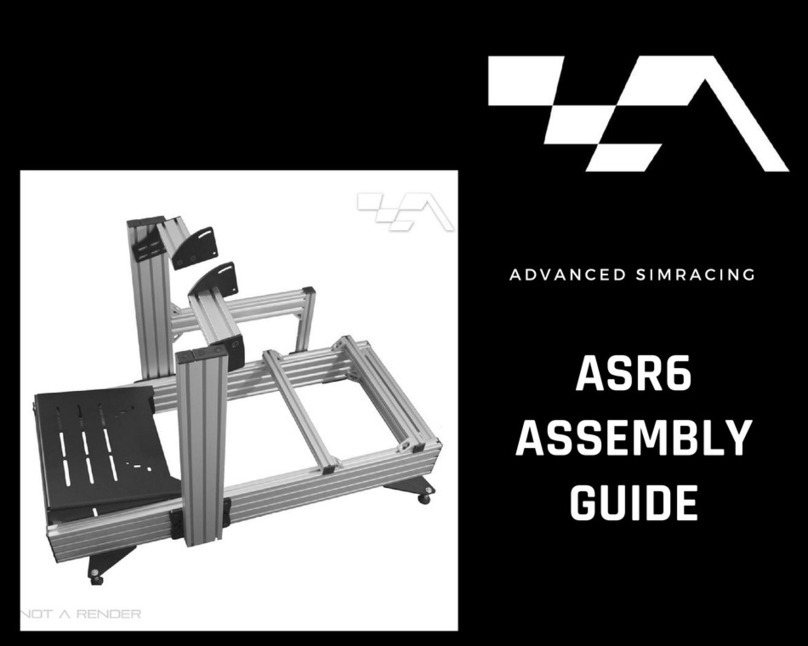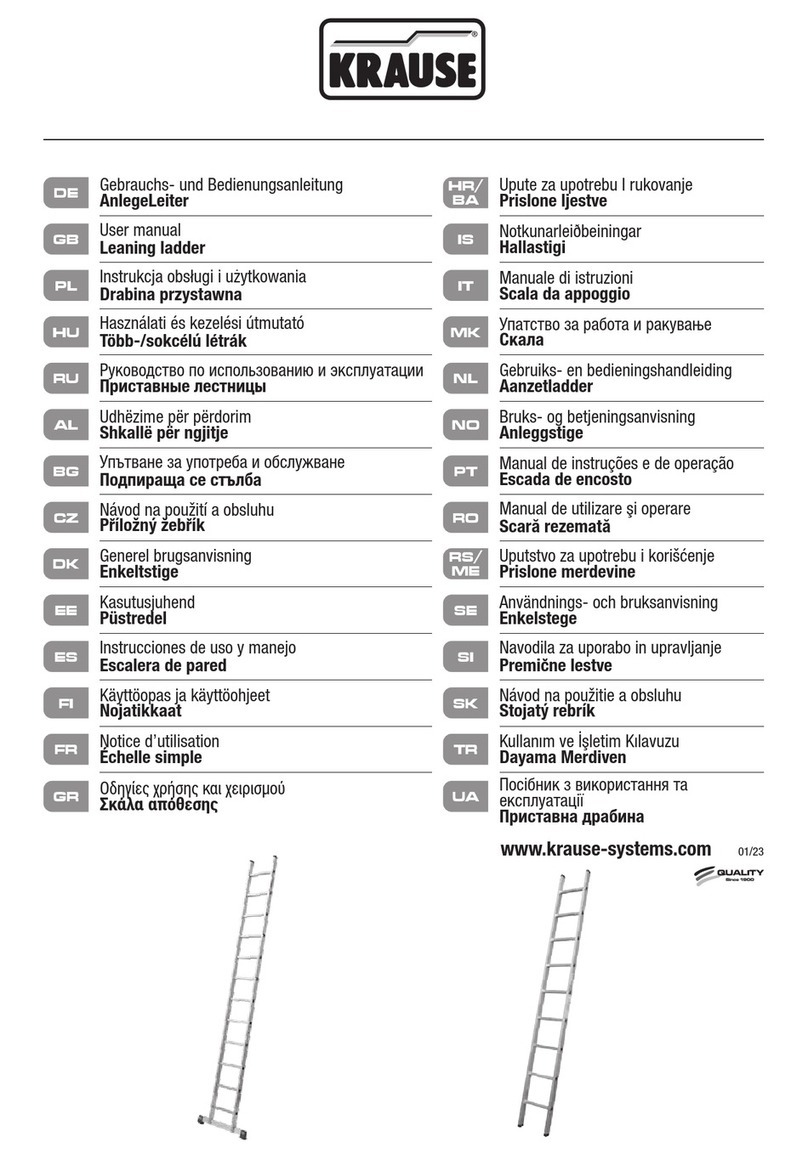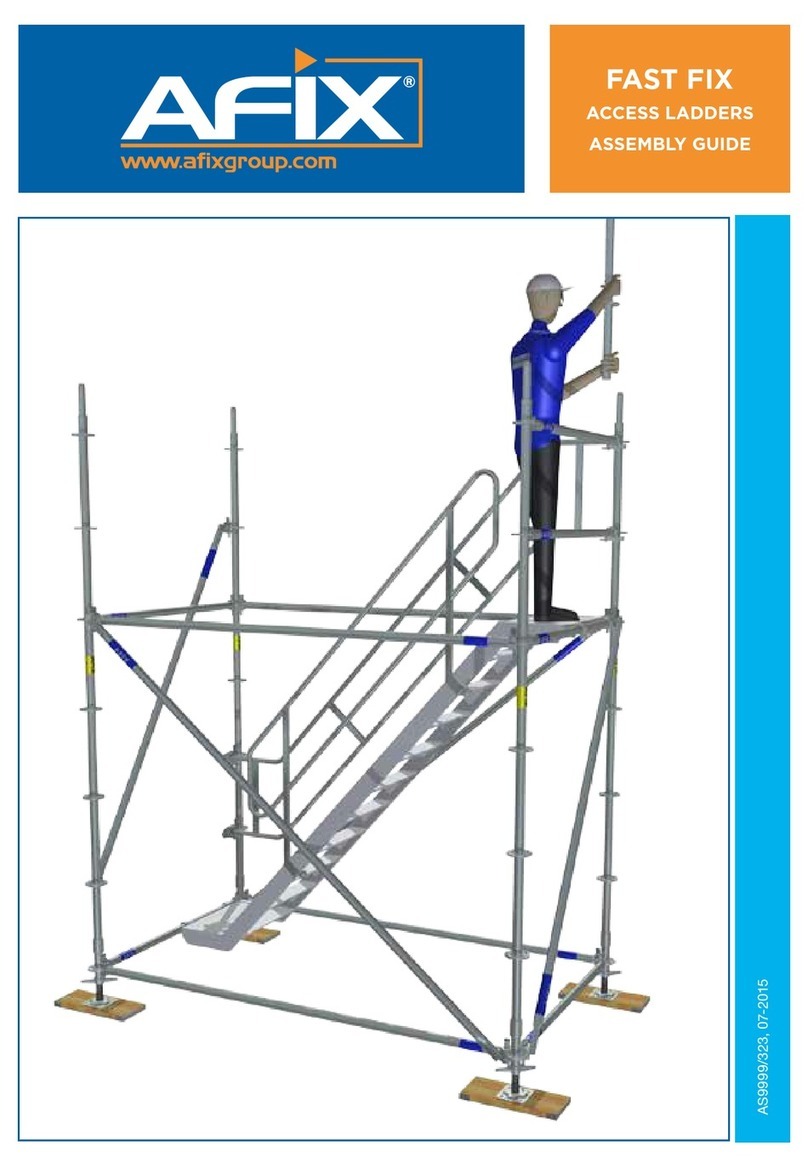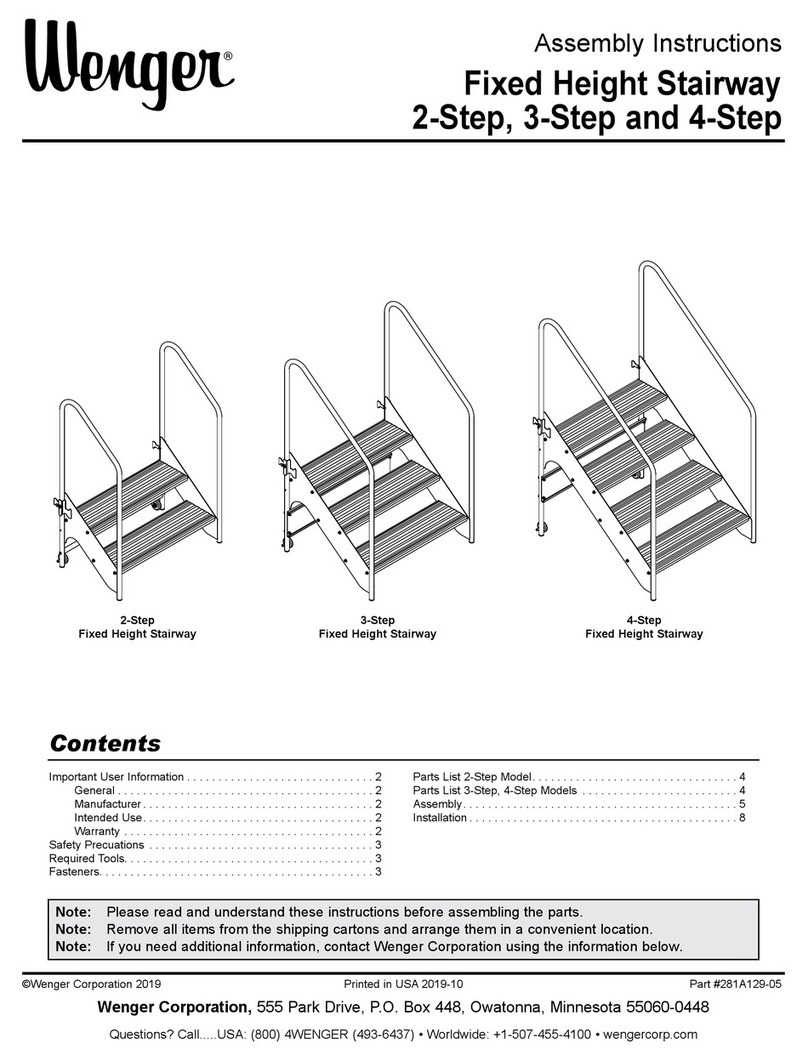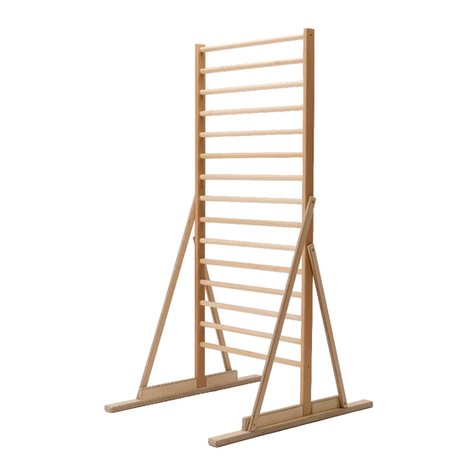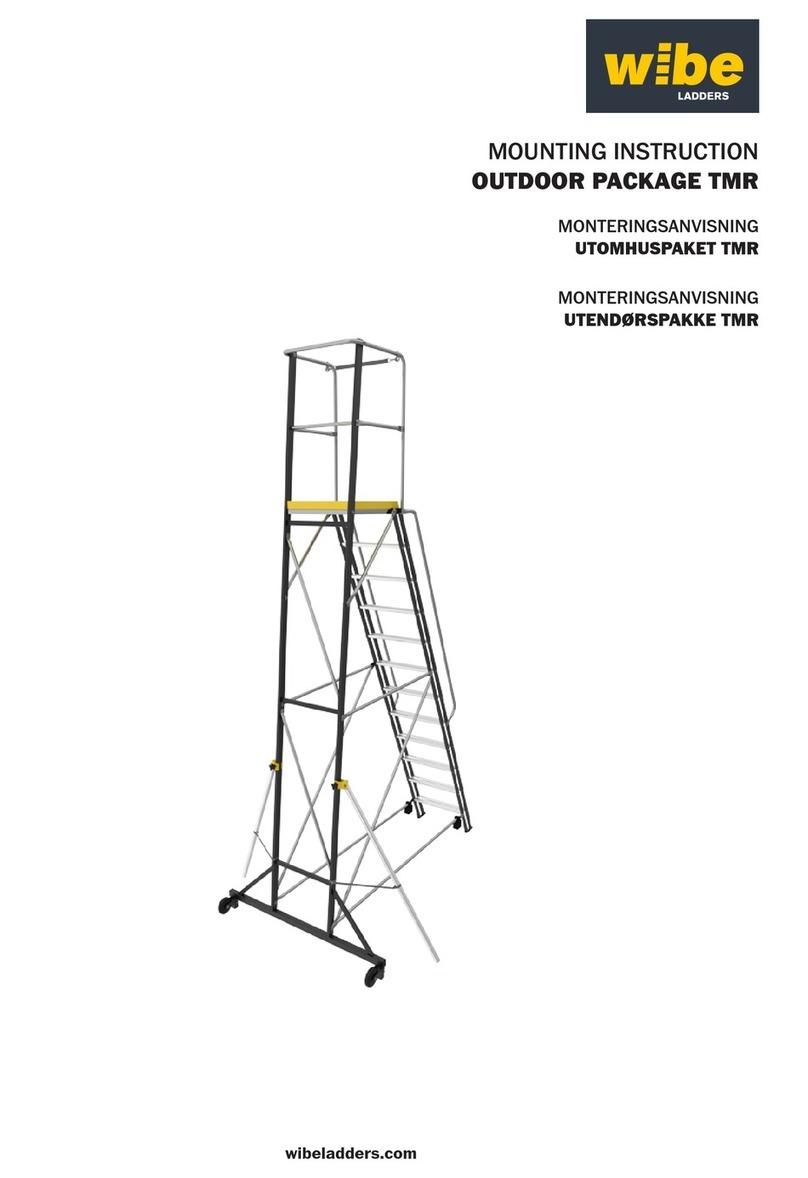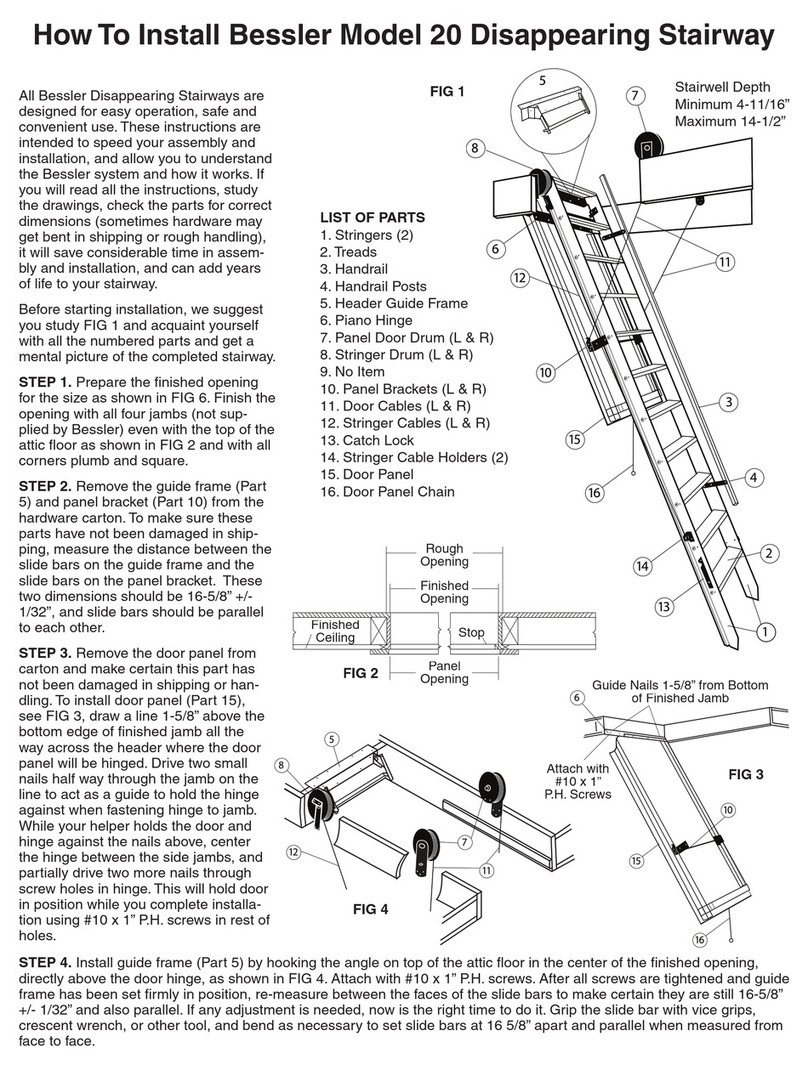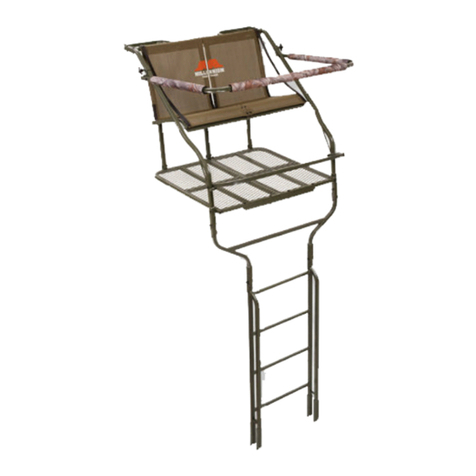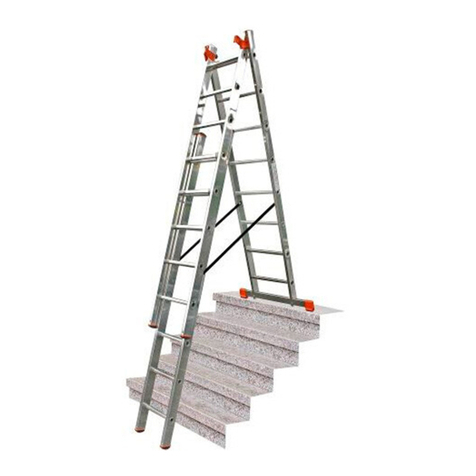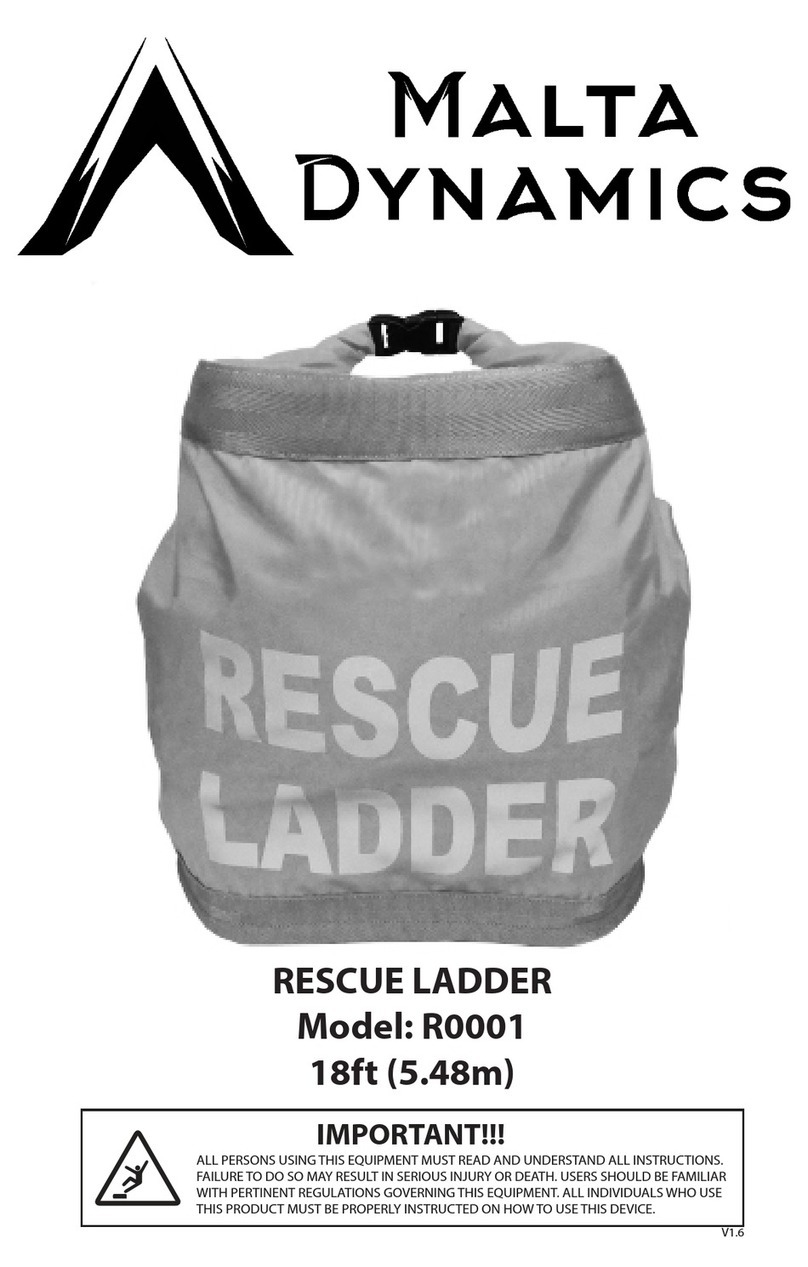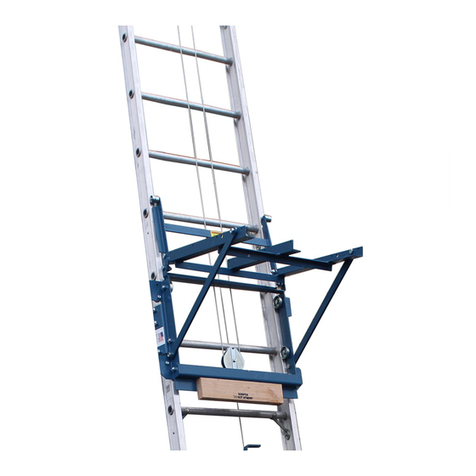
SINGLE AXLE AERIALS 2012
Manual-2012
_SL75-SA75-SP70.docx
Page 2 of 55
8/31/2012
TABLE OF CONTENTS
INTRODUCTION......................................................................................................................... 4
OPERATION SAFETY POINTS................................................................................................ 5
GENERAL WARNING................................................................................................................ 7
AERIAL TOWER OPERATION ............................................................................................... 8
Do not exceed the rated capacities!...........................................................................................................................8
CAB SET-UP FOR AERIAL OPERATION............................................................................................................8
STEPS FOR PLACING PTO IN GEAR .................................................................................... 9
ENGAGE THE POWER TAKE-OFF (PTO) PLACING PTO IN GEAR..............................................................9
CAB SET-UP FOR PUMP OPERATION................................................................................ 10
SET UP FOR SIMULTANEOUS TOWER AND PUMP OPERATIONS ...........................................................10
AERIAL TOWER SET-UP ....................................................................................................... 12
TOWER OPERATION .............................................................................................................. 15
GROUND STABILIZERS......................................................................................................................................15
RAISE/LOWER ......................................................................................................................................................15
EXTEND AND RETRACT ....................................................................................................................................16
ROTATION.............................................................................................................................................................16
HIGH SPEED CONTROL......................................................................................................... 17
AUXILIARY HYDRAULIC POWER SWITCH .................................................................... 18
SAFETY INTERLOCK SYSTEM............................................................................................ 19
INTERLOCK JACK RELEASE.............................................................................................................................20
WATERWAY AND NOZZLE .................................................................................................. 21
DRAINING OF WATERWAY AND NOZZLE .....................................................................................................21
PLATFORM MOUNTING AND LEVELING SYSTEM....................................................... 22
OPTIONAL BREATHING AIR SYSTEM.............................................................................. 22
RETRACT THE TOWER.......................................................................................................................................23
ROTATE THE TOWER .........................................................................................................................................23
LOWER THE TOWER...........................................................................................................................................23
REMOVE WHEEL CHOCKS................................................................................................................................23
RETRACT THE STABILIZERS ...........................................................................................................................24
AERIAL TOWER LUBRICATION AND SERVICE............................................................. 25
STABILIZERS........................................................................................................................................................25
MAIN LIFT CYLINDERS .....................................................................................................................................25
PIVOT SHAFT BEARINGS ..................................................................................................................................25
TURNTABLE BEARING.......................................................................................................................................25
ROTATION GEAR REDUCER .............................................................................................................................26
DRIVE GEARS.......................................................................................................................................................26
TOWER EXTENSION/RETRACTION CYLINDER (Models SA65, SA75, & SP70)......... Error! Bookmark not
defined.
TOWER EXTENSION/RETRACTION CYLINDER (Model SL75 only) ............................................................26
SHEAVES AND CABLES .....................................................................................................................................27
SLIDE BLOCKS.....................................................................................................................................................29
WATERWAY AND SEALS ....................................................................................................................................29
WATERWAY AND SEALS ...................................................................................... Error! Bookmark not defined.
WATERWAY NOZZLE..........................................................................................................................................30
PLATFORM MOUNTING AND LEVELING SYSTEM......................................................................................30
HYDRAULIC OIL TANK ......................................................................................................................................31
High Pressure Filtration System................................................................................................ 35
MAINTENANCE OF STRUCTURE........................................................................................ 35
ALUMINUM TOWER STRUCTURE ...................................................................................................................35
TURNTABLE ATTACHMENTS...........................................................................................................................35
ATTACHMENT OF SUPPORT STRUCTURE TO TRUCK FRAME ................................................................36
EXTENSION SYSTEM..........................................................................................................................................27

